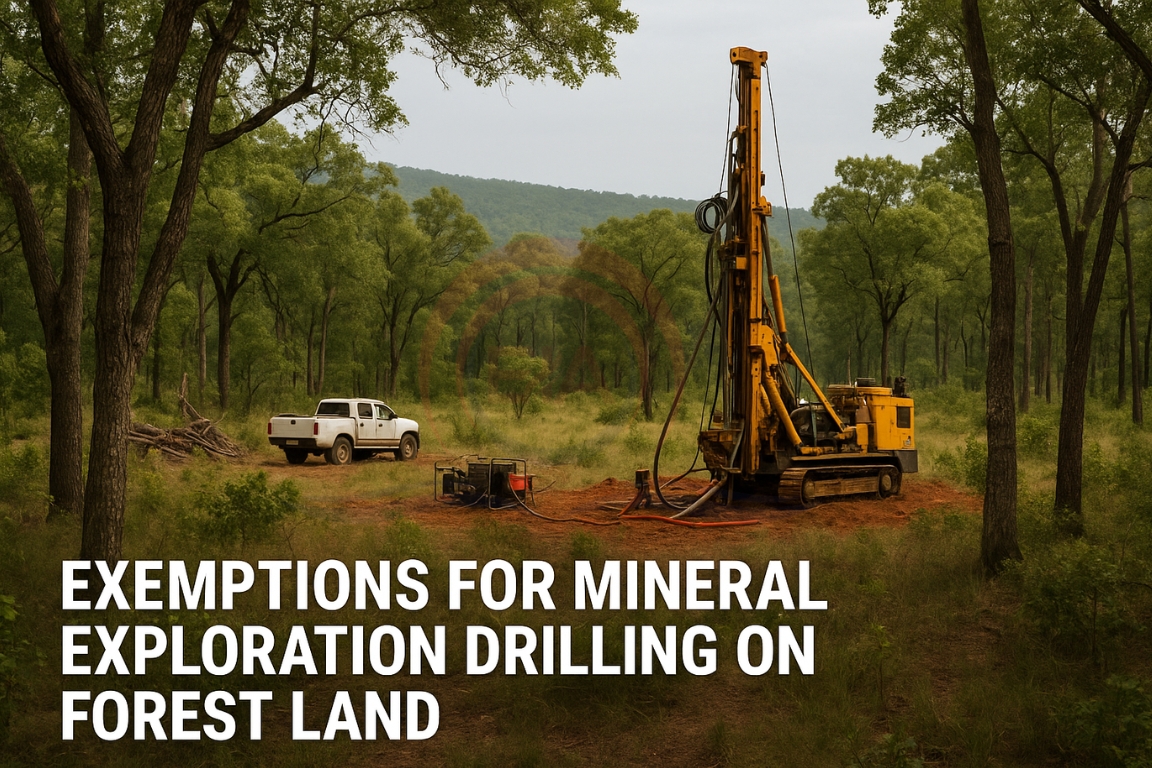The Forest Advisory Committee (FAC) of the Union Environment Ministry has approved broader exemptions for mineral and coal exploration in forest regions. The move aims to boost India’s mineral security but has raised concerns about ecological impacts and rights of local forest-dwelling communities.
Background
- The Forest Conservation Act, 1980 was amended in 2023 to exempt exploratory drilling from seeking prior clearance.
- The latest decision expands these relaxations, considering that many mineral-rich deposits fall inside forest zones.
- It is linked to India’s push for energy security, infrastructure growth, and transition to clean technologies.

Key Policy Provisions
- Borehole Limit: Permission for up to 62–80 boreholes (6-inch diameter) per 10 sq km, depending on mineral type.
- Earlier Norms: Only 25 boreholes per 10 sq km were allowed, with felling of up to 100 trees.
- Definition: Boreholes are narrow shafts drilled to identify mineral or energy deposits.
Environmental Safeguards
- Drilling only between 9 a.m.–5:30 p.m., keeping in mind wildlife movement.
- Sites must be restored after exploration; boreholes to be cement-sealed.
- No-drilling zones include: Breeding or nesting habitats. Riparian zones and water sources. Sacred groves or culturally significant forest sites.
Objectives and Rationale
- Critical minerals push: Forests hold resources like lithium, cobalt, rare earths vital for defence, electronics, and renewable energy.
- Ease of Doing Business: Minimises repeated central clearances for short-term surveys.
- Attracting investments: Encourages private sector participation in exploration.
- Economic growth: Minerals support construction, manufacturing, defence, and green transition industries.
Concerns Raised
- Wildlife disturbance: Drilling vibrations and noise disrupt animal movement.
- Ecological risks: Pollution of streams by oil, debris, or grease.
- Compensation gaps: Afforestation cannot replace biodiversity loss or old-growth forest.
- Community rights bypassed: Forest Rights Act, 2006 ensures tribal consent, but “exploration” as forest activity may weaken this safeguard.
- Weaker oversight: Earlier, such projects required central scrutiny under FCA, which is now diluted.
Way Forward
- Enforce strict site restoration and independent monitoring (via satellites, third-party audits).
- Adopt modern technologies like drones, remote sensing, and geophysical mapping to cut down excessive drilling.
- Prepare no-go biodiversity maps for ecologically fragile zones.
- Strengthen compensatory measures by valuing ecosystem services and ensuring long-term ecological monitoring.
Conclusion:
The new exemptions aim to accelerate mineral exploration for economic and strategic needs, but they risk undermining ecological balance and tribal rights. A balanced framework combining resource security, community participation, and strong environmental safeguards is essential to ensure sustainable growth.





